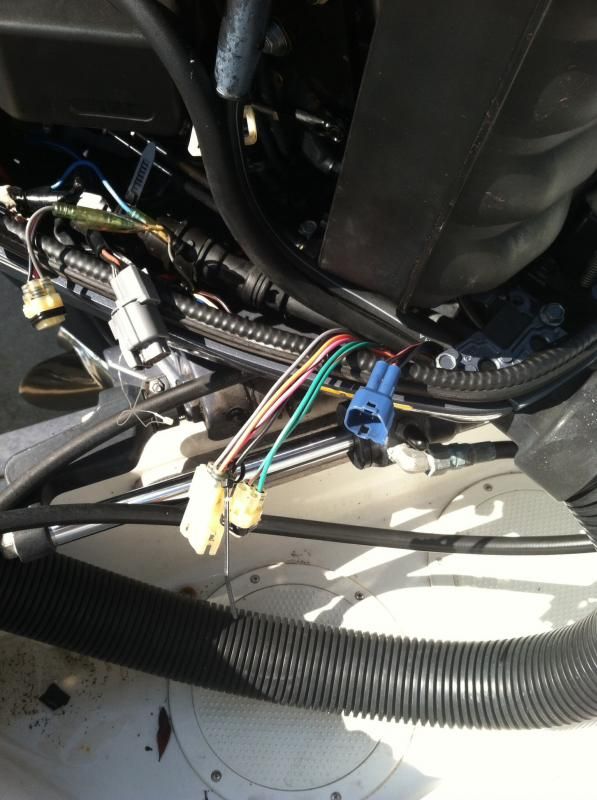My tach stopped working and I think it's a green signal wire prob from the engine. I can't get continuity from the tach to the green wire in the connector with the green wire and green/red wire (maybe brown not red). Is this supposed to be the tach signal wire in the engine, the connector to the right of the on with the zip tie? I tried bypassing the connectors under the console to see if I could continuity but still no luck, was going to try running a new green wire but have not been able to find anything to confirm this is the right wire.





Comment